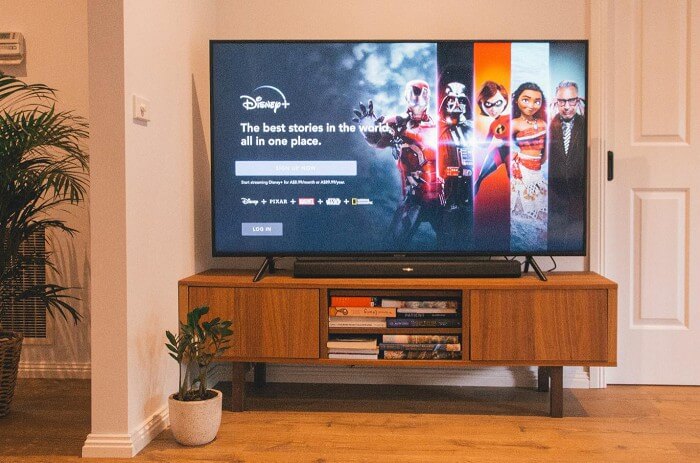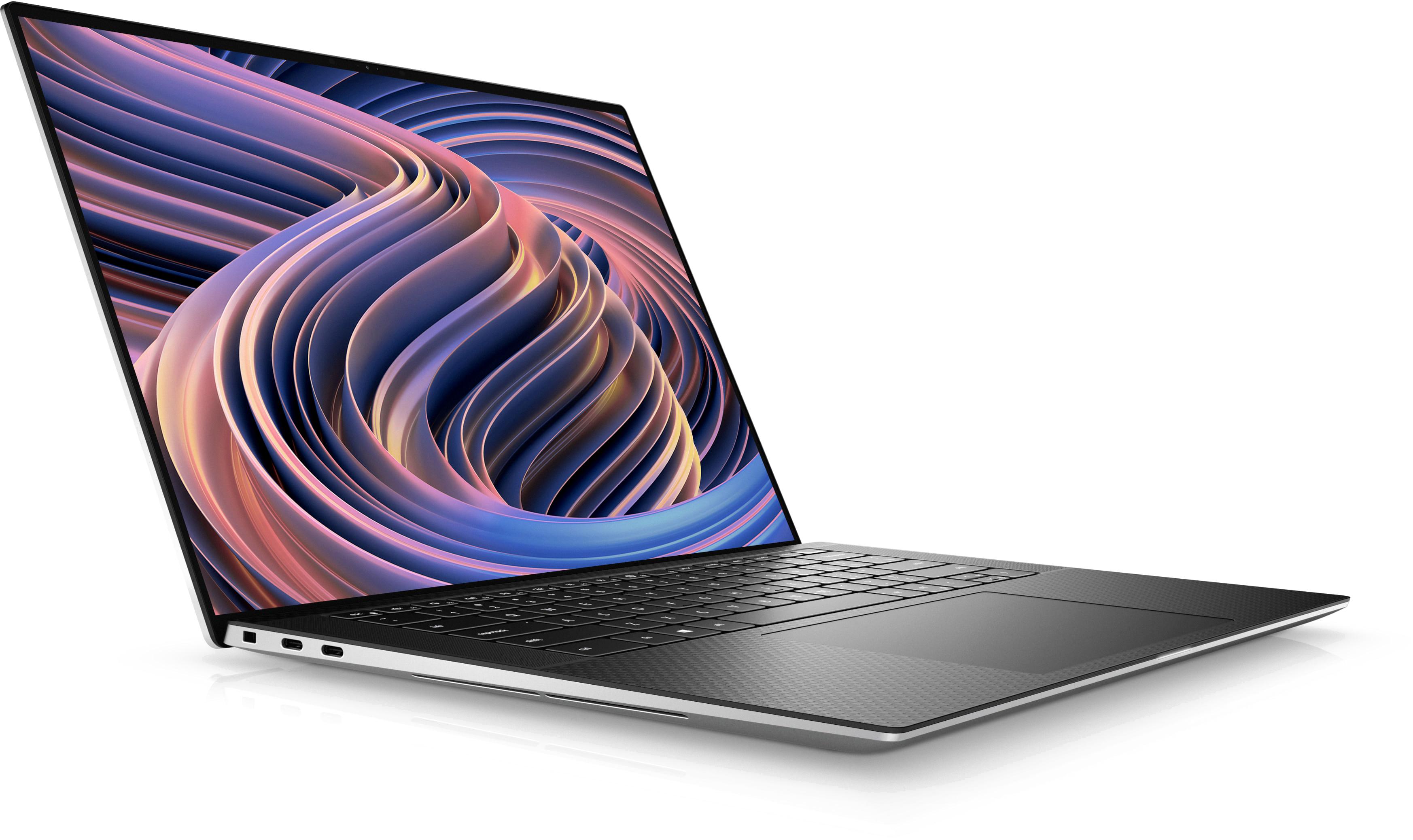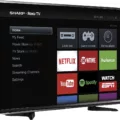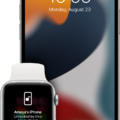When it comes to modern television screens, the most common type of backlight used is LED. Unlike traditional fluorescent backlights, LED backlights are slim, bright, and efficient. However, LED lighting can often have a cool color temperature, which can result in a slight blue tint. This tint is most noticeable when viewing a white image, such as a blank white screen.
While this blue tint may be barely noticeable to the naked eye, it can be more apparent when viewed through a camera. Most electronic cameras use silicon sensors, which are highly sensitive to near-infrared light. The infrared light emitted by the IR LED in a TV remote is nearly invisible to the human eye, but it can be picked up by electronic cameras.
This means that when a camera is pointed at a TV screen, it may pick up more of the blue tint caused by the LED backlight than the human eye would normally perceive. This can result in a blue cast to the image, especially when the screen is mostly white.
To reduce the blue cast when filming a TV screen, there are a few things you can try. First, adjust the color temperature or white balance settings on your camera. This can help compensate for the cool color temperature of the TV backlight. You can also try adjusting the brightness and contrast settings on the TV itself.
Another option is to use a filter on your camera lens to reduce the blue cast. A yellow or amber filter can help neutralize the cooler tones of the LED backlight, resulting in a more natural-looking image.
While the blue cast on TV screens may be a minor annoyance when filming, it is a result of the trade-off between the slim, efficient LED backlight and the more natural color temperature of traditional fluorescent backlights. By adjusting your camera settings or using a filter, you can still capture great footage of your favorite shows and movies.

The Causes of a Blue Tint on a Television Camera
If your TV appears to have a blue tint when viewed on camera, it is likely due to the color temperature of the LED backlight. Most flat-panel LCD TVs use an LED backlight which is bright, slim, and energy-efficient. However, LED lighting often has a cool color temperature which can cast a blue tint on the screen. This effect is most noticeable when viewing a white image, but it can also be seen in other colors to a lesser degree.
One way to correct this issue is to adjust the color temperature settings on your TV. Many newer TVs have a setting called “Warm” or “Natural” which can help to balance out the cool blue tones. You can also try adjusting the brightness and contrast settings to help reduce the blue tint.
It’s worth noting that the blue tint may not be noticeable to the naked eye, but may appear more prominent on camera due to the way that cameras capture color. Additionally, the lighting in the room can also affect how the TV appears on camera, so it’s important to make sure that the lighting is consistent and not overly bright or dim.
The Effects of a Purple Tint on Television Screens When Captured on Camera
The purple color on the TV screen when viewed through the camera is likely due to the difference in color perception between the human eye and camera sensors. The camera sensor is sensitive to near-infrared (IR) light, which is emitted by the infrared LEDs in the remote control. This IR light is used by the TV to receive signals from the remote. When the camera captures the IR light, it can appear as a purple hue on the screen. This is because the camera sensor is detecting colors differently than the human eye. It’s important to note that this purple hue does not affect the actual color output of the TV when viewed without a camera.
Conclusion
The TV screen has come a long way from its early days of bulky cathode ray tubes to the sleek and slim flat-panel LCDs of today. LED backlights have revolutionized the way we view television, providing a bright and energy-efficient source of light. However, the cool color temperature of LED lighting can sometimes cast a slight blue tint, which is most noticeable when viewing a white image. Despite this minor issue, the TV screen remains a staple in many households, providing entertainment and information to millions of people worldwide. As technology continues to evolve, it will be interesting to see what new innovations will be made to enhance the viewing experience even further.








